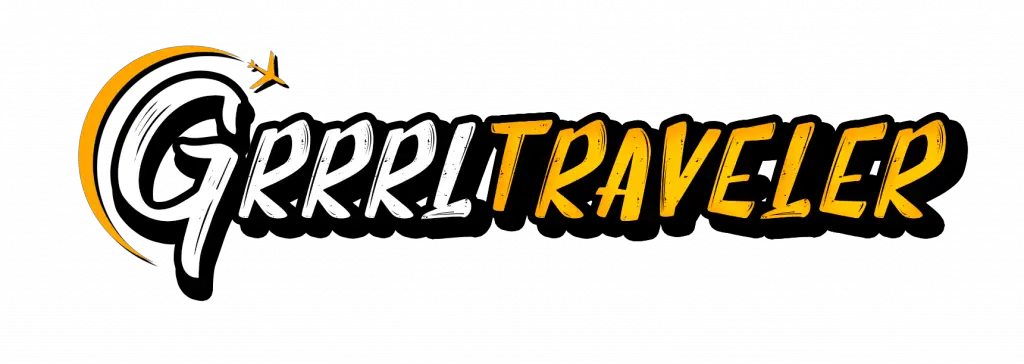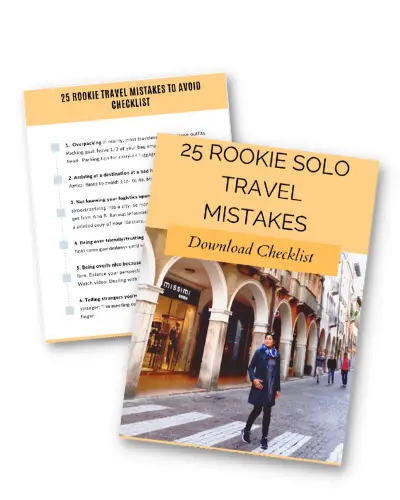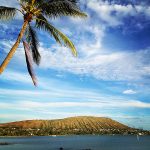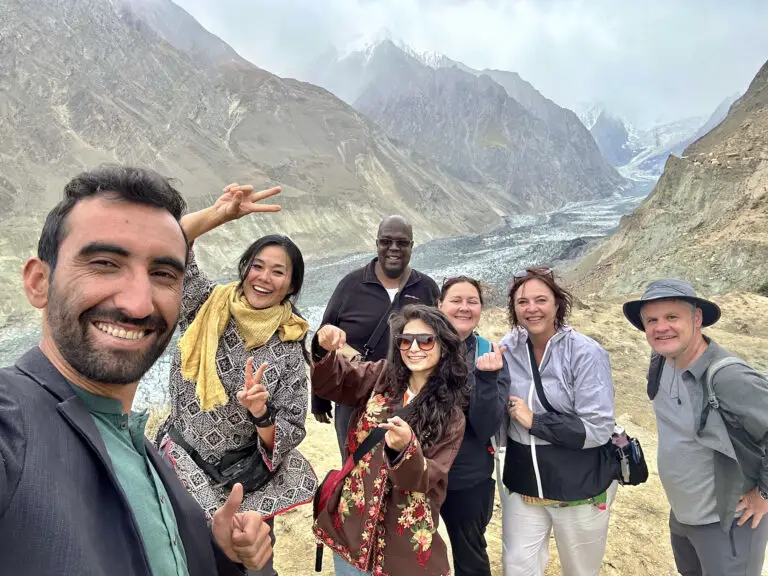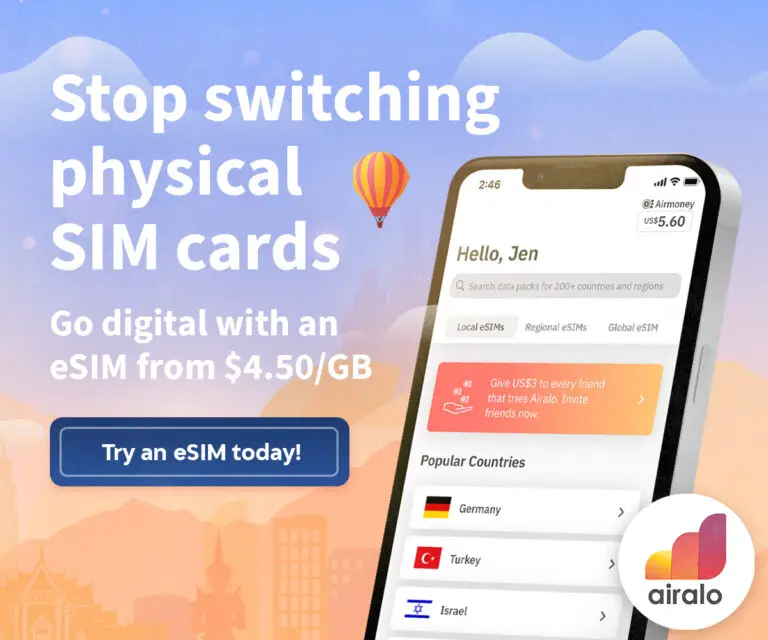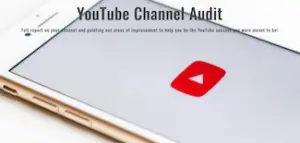Last Updated on December 20, 2008 by Christine Kaaloa
Hawaiian Santa by Mary Johnson and Tony Todaro
Hawaiian Santa is a sight to see
When he comes surfing into Waikiki
He wears a malo around his big Opu
Singing a Merry Christmas and waving to you.
Hawaiian Santa with a great big bag
‘Climb the window into your grass shack
He dance the hula around the Christmas tree
Bringing a lot of presents for you and for me.
Soft guitars are playing
Christmas songs to fill the tropic skies
Coco palms are swaying
Santa’s here again in paradise.
Hawaiian Santa goes around the isle
And does the hula with a great big smile
He waves Aloha with a Christmas cheer
Mele Kalikimaka and Happy New Year.
=================================================
Some mp3 sample of Hawaiian Christmas songs:
“Winter Wonderland/Hawaiian Santa”- by Makaha Sons of Ni\’ihau
“Christmas Day in Hawaii Nei-” by Makaha Sons of Ni\’ihau
“Numbah One Day of Xmas” – by Ed Kenney & Honolulu Boy Choir** sung in Pidgin
Kani Kani Pele (Jingle Bells) ** sung in Hawaiian
=================================================
Depending on what country or climate you’re from, Christmas is always celebrated a bit differently. Hawaii is NO exception. The Pacific Island culture overlaps western culture frequently. While being part of the United States, there are many things which make the Hawaiian Islands distinctly unique. Here are just a few:
1) It’s a chain of Hawaiian Islands far removed from the mainland USA and when you stay on it too long, we call it “Rock Fever”;
2) Hawaii is a “melting pot” of predominantly Asian & Polynesian demographics and cultural influence (our McDonald’s has Saimin aka “Ramen” as a side order & I have no doubt, some day it will have Spam Musubi).
The population is a majority-minority state and has the largest population of mixed race. Segregation is not common with minorities here and often, racial/ethnic jokes are told in good humor and is not meant as mean-spirited. In Hawaii – each ethnicity and race makes fun of the other as they do themselves. There is a kind of understanding and ‘melting’ together into a single notion that above being Japanese or Chinese, etc… we are all one and the same. We are ‘local’ and ‘Hawaii’.
3) Hawaii lifestyles are pretty simple and content- there is Ohana (“family”), Aloha (“Love”) & an overall respect for the land and ocean. Don’t dump on any of it, because this keeps the Aloha lifestyle open to all and everyone is happy.
4) Hawaii locals are proud of being from Hawaii –
As Hawaii is so geographically removed from the rest of the mainland USA, Hawaii people tend to be pretty insular when it comes to current events. People take an interest in news & politics that generally affects its own livelihood or families. We root for our local teams or home-grown talent before others, because we see local-grown talent as representing our island and its people and to “make it off the rock” and become successful like Jason Scott Lee, Tia Carrera or President Obama, is a mighty challenge for an underdog. A local friend of mine joked- Obama running for office- was probably the first time Hawaii folk showed an interest in politics and showed up to vote! It’s not ignorance, but a “contentedness with our happy way of life”. We don’t always feel the need to know all about the world unless it makes a house stop and knocks on our door.
5) Hawaiian is the historical & native language, Pidgin is the state language, English…we use that too.
English is the standard language, so don’t worry about having to learn Hawaiian. The Hawaiian language of the native polynesians (you can hear a sample of it in a remake of Jingle Bells mp3 above), unfortunately, its becoming a dying language despite the Hawaii State Education System’s attempt to revive it in schools. A Kumu (Hawaiian teacher) will come to the classes on certain days to teach Hawaiiana, a few hawaiian words, etc… That’s an interesting thing about our culture. The U.S. educational system pushes American History. In Hawaii, we start from grade school learning not only American history but more strongly Hawaii history, with the belief that these are our islands and our children should know its history and culture so that it can be preserved. Going into the higher grades, our history lessons are infiltrated by our Asian neighboring countries. Japan, China, Philipines,…these are some of the countries that our forefathers were brought from in order to work in the sugar cane field in Hawaii. As I said before- Hawaii culture can be pretty insular and we learn and are interested in things that relate to or have more strength in affecting our Asian-Pacific lives, lifestyles and values.
Pidgin on the other hand, is the state language. “Pardon me?” vs. “Whatchu wen say?” (Translation: “What did you say?”) If you feel like you’re not hearing someone well because it sounds like English, then you’re hearing pidgin. It is 1- carrying a laid-back attitude and 2- speaking a broken-down form of english that’s mixed with Asian-Polynesian slang. However, if you’re a tourist, please don’t try to learn it- there are jokes about you. But if you do feel the need to “blend” and want to try out some local pidgin a) please test it on the tourists first. You’ll at least sound cool to them and get your confidence level up, b) going up against a local…just go for it and let’er rip! 98% of the time, you’ll get a response of a polite smile and then eyerolls and snickering after you leave.
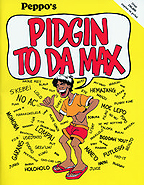
Peppo’s Pidgin to Da Max is a hysterical, entertaining and fairly accurate dictionary of our local pidgin with wacky comic animations to give you a gist as to how its used. (I still have mine from years ago & its been a popular one with locals and those abroad) If you have time, check it out or better yet, bring it home as a souvenir! (BTW- Here is an fun Honolulu Advertiser article with some pidgin examples, interesting outlooks on the fate of the pidgin language & a new pidgin book that i’ve not yet had the chance to check it out)
6) We’re the 50th state and we believe in Ohana. Family, friends, hanai (“adopted”) aunts and uncles…we love having them. If you don’t have one, we’ll offer you some of our own.
7) Most Hawaii kids going to school or living in the mainland know that there’s only ONE place you should be during the Xmas and New Year’s holidays and it’s not Paris, Mazatlan or Aspen. Afterall, if the future President of the United States can take time out of his busy schedule to return to Hawaii for the holidays, there’s no valid reason that keeps a “local kid” from returning for the holidays. That’s just local kids – definitely NO PLACE LIKE HOME!
8 ) Our big festival celebration is New Year’s Eve. It’s like the 4th of July on crack. Some families bring out a fishing rod to string up the long firecracker streamers, while kids play in the streets. Every neighborhood is playing fireworks and sometimes the aerials are illegal. But nearing midnight, they all go off and statewide is covered in a thick smoke of celebration. This is one day that’s not to be missed.
9) ONOLICIOUS GRINDS : Plate lunch, Bentos, Spam Musubis, Zippy’s Chili, Saimin, Kalua Pig & Lau lau, Macaroni salad, sticky rice…
Hawaii is one big taste bud of island comfort food and we’ve got at least a hundred different kinds of snacks and snacks with variations (ie. we can lee-hing powder everything sweet, kakimochi- aka rice crackers- is sold at cinemaplexes so that people can mix it with their popcorn and yes, word has gotten around that we’re big on Spam)

